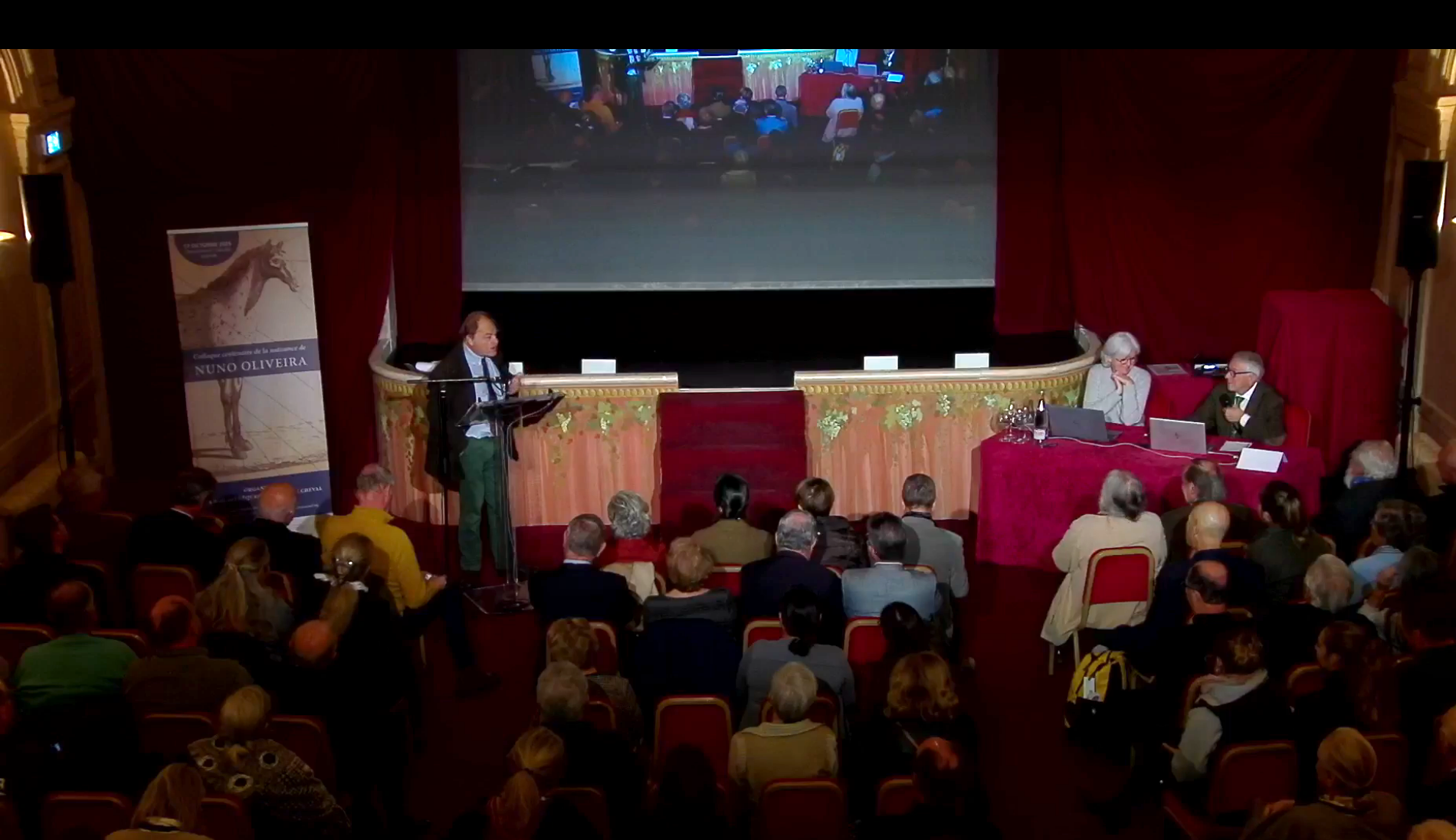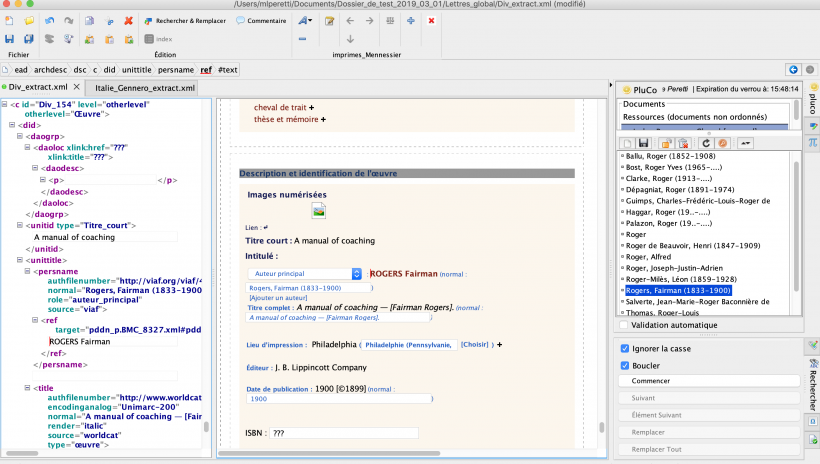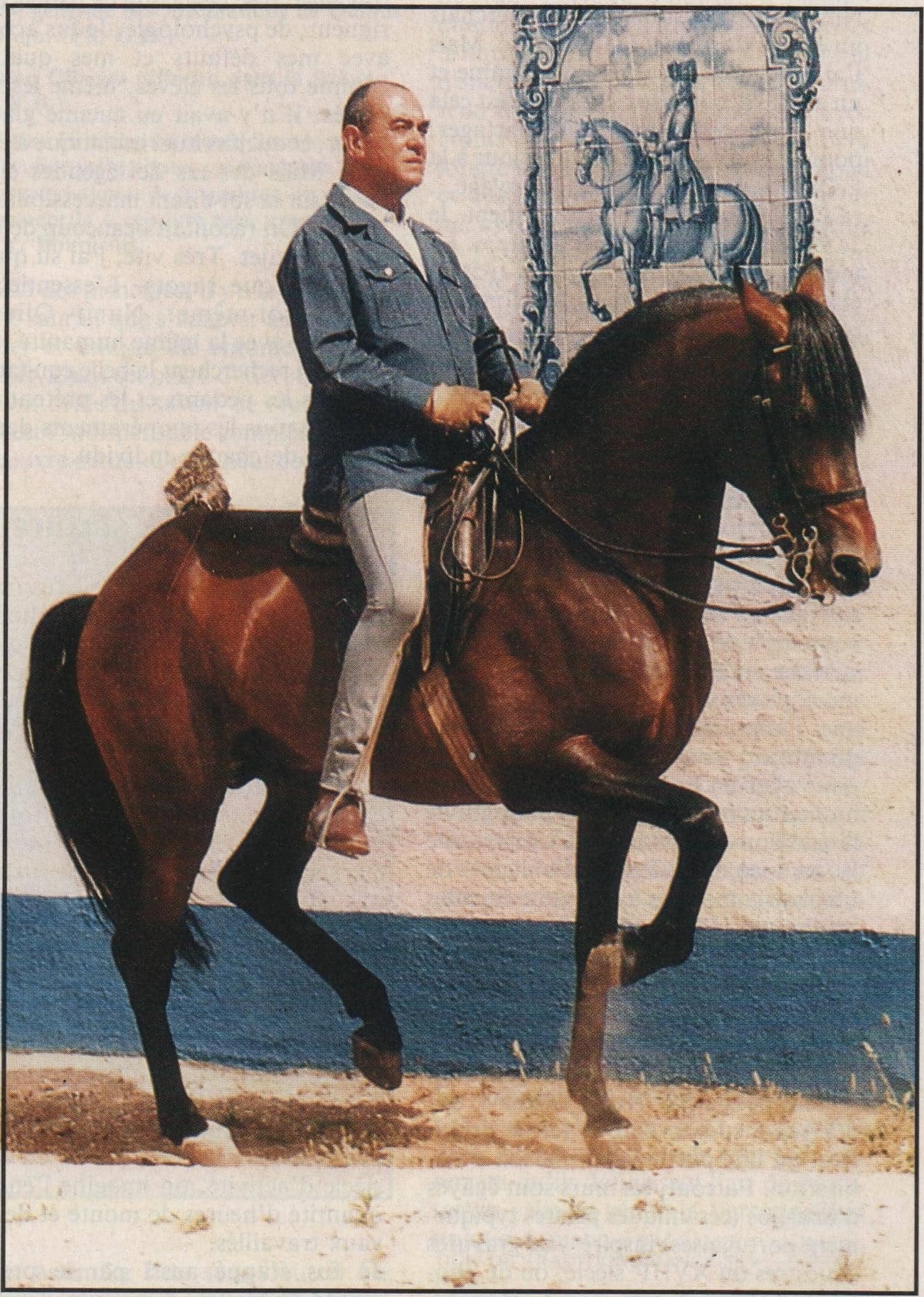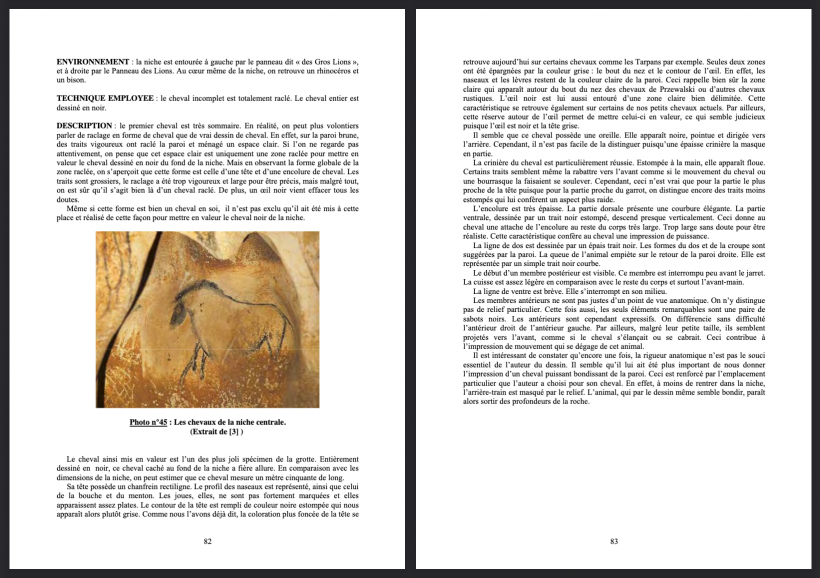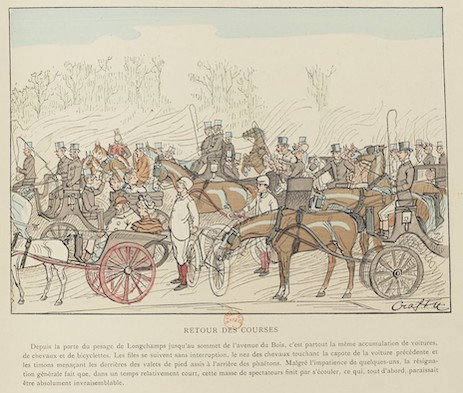
Traffic jams, a very old shame
You might think that the transit code appeared with the arrival of the car, as well as them discomfort at having to share the road. Riders, four-horse carriages, bicycles and motor vehicles drove through the streets together, at the cost of many accidents, such as the one that cost the life of physicist Pierre Curie, who was run over by a horse-drawn carriage in 1906.
The concern to guarantee the fluidity of traffic in the face of the invasion of horses and cars in the city dates back much earlier. La Pétition d’un Citoyen (Anonymous, 1790), cited by Mennessier, “proposes the radical solution of eliminating in Paris all luxury vehicles and replace them with sedan chairs”.
Daniel Roche, ( Cheval moteur , Fayard, 2008), points out that the premises of a regulation are date back to the Renaissance: Francis I promulgated an ordinance in 1539 to regulate the speed and the “showdowns and rivalries” derived from it.
Thanks to police treaties and ordinances, the road policy was established gradually. For example, vehicle registration became mandatory in 1734. Also regulated tire size, authorized speeds, parking and driving night under certain lighting conditions.
More information:


